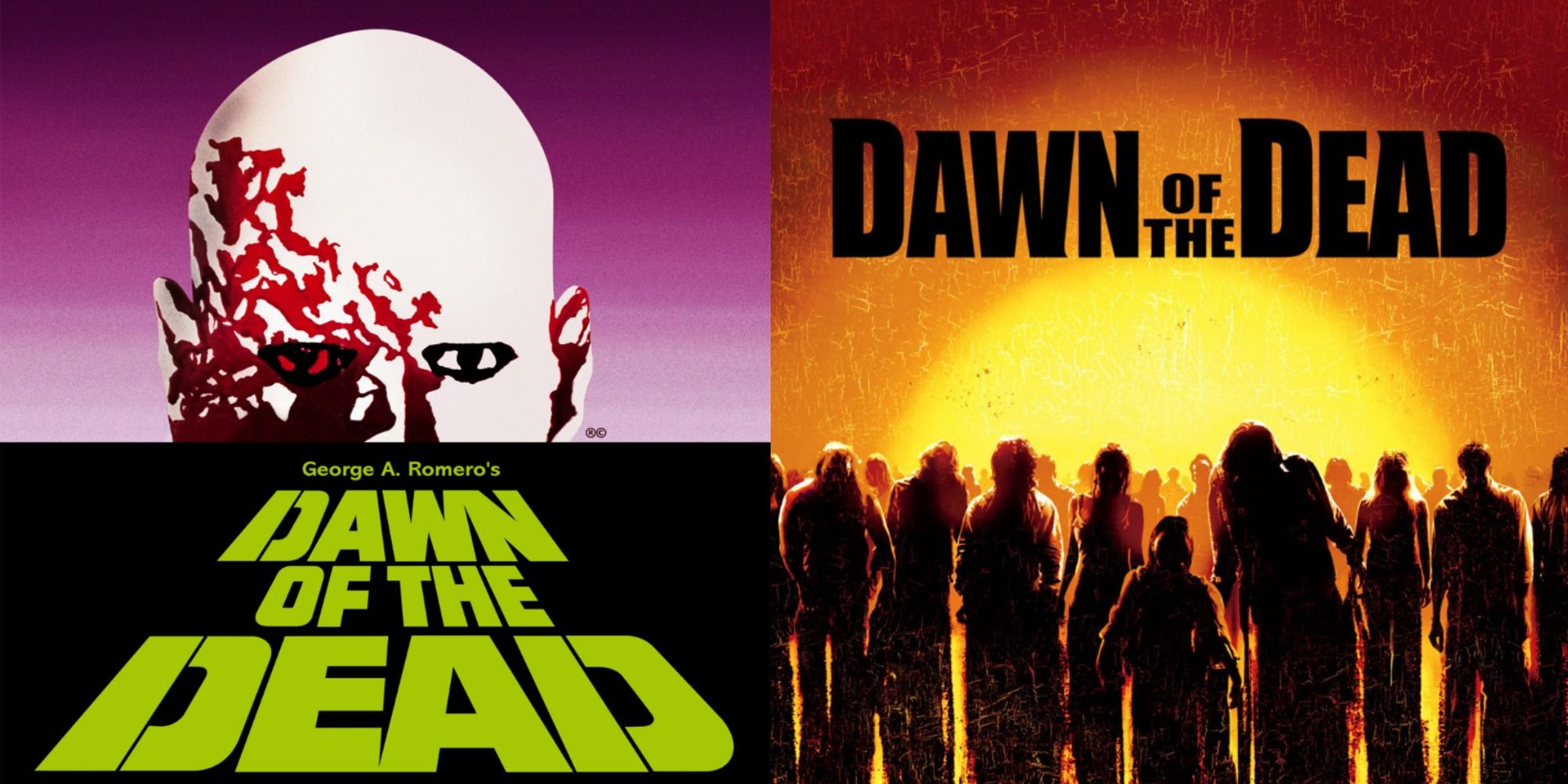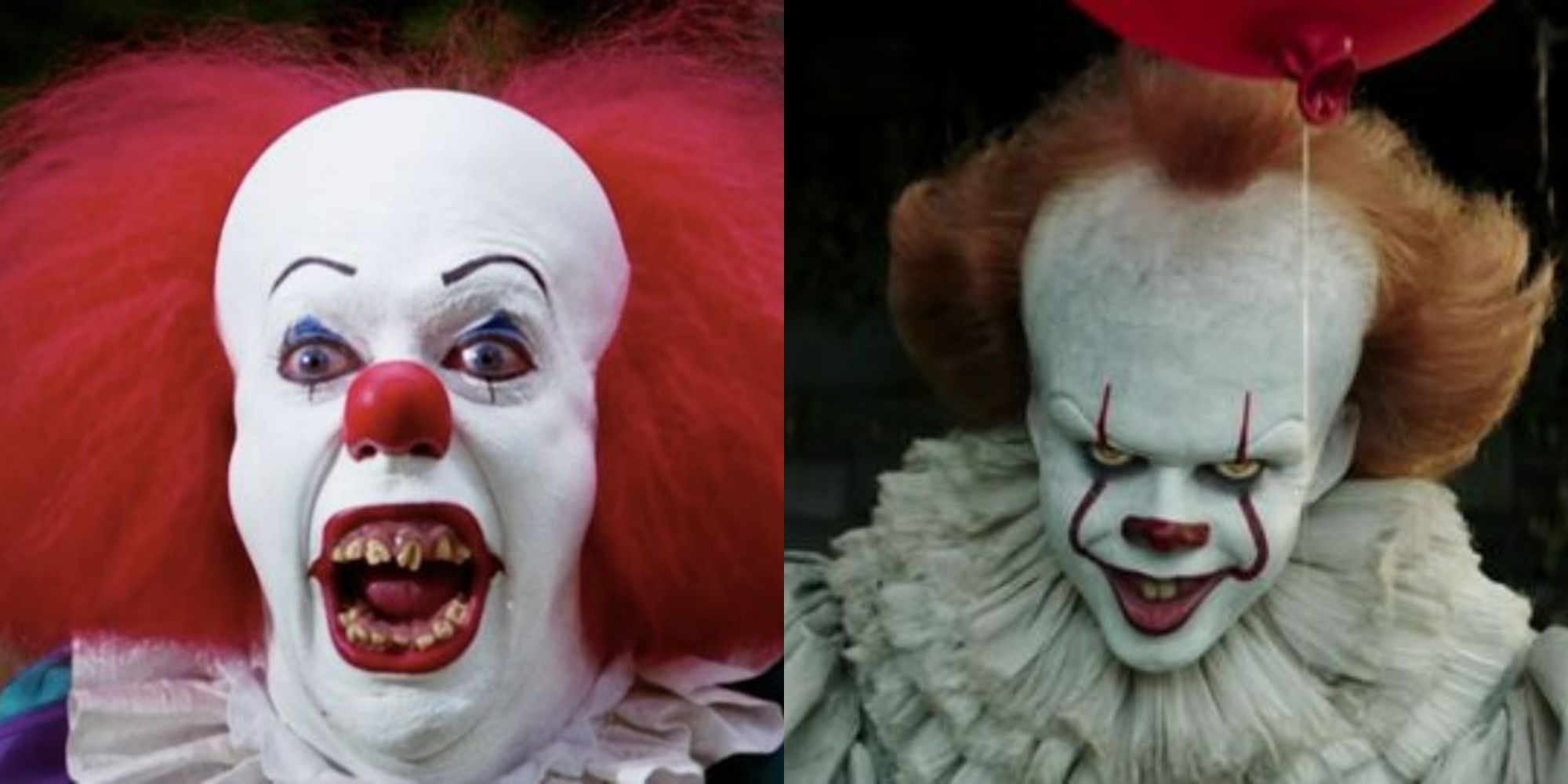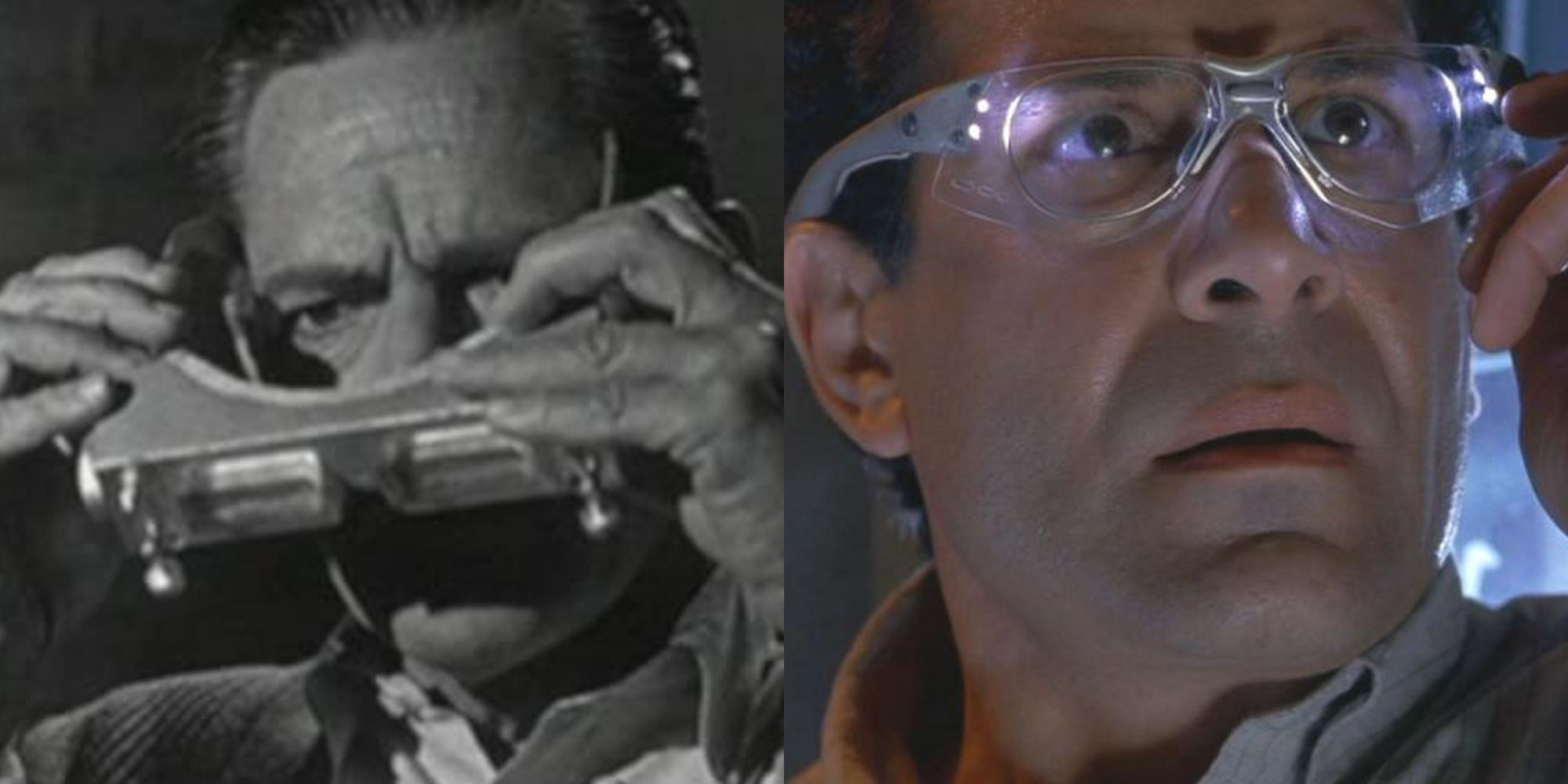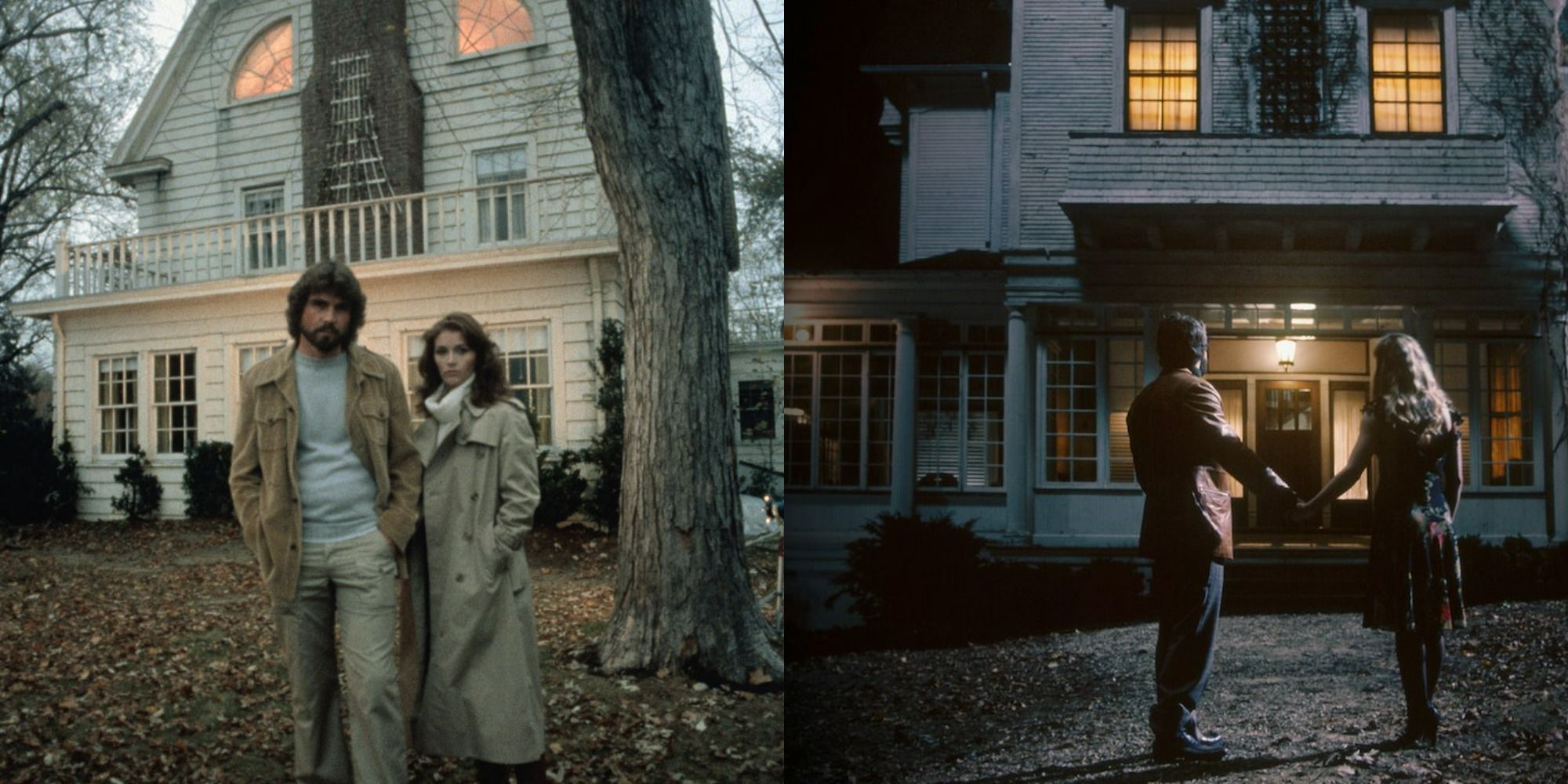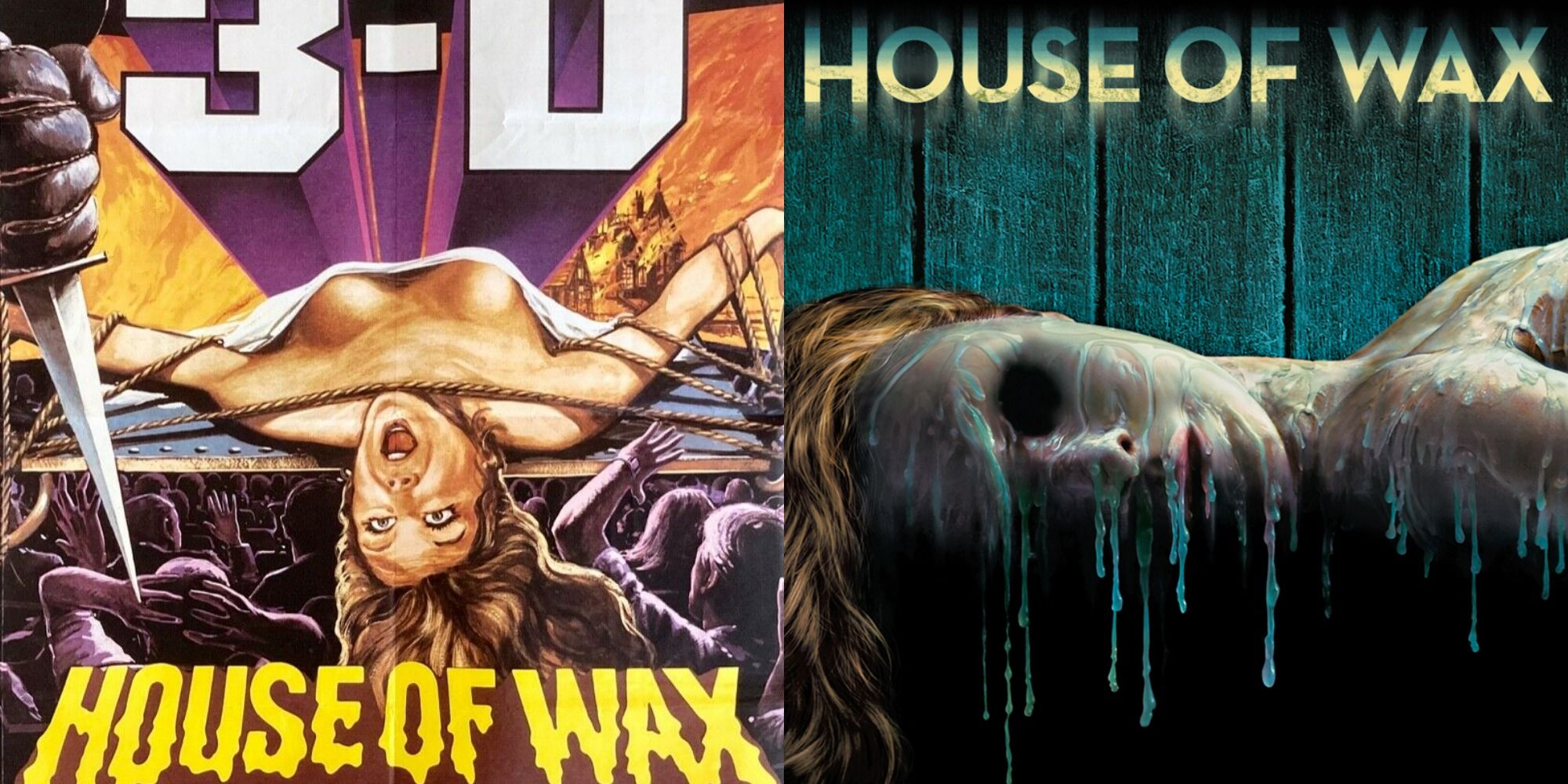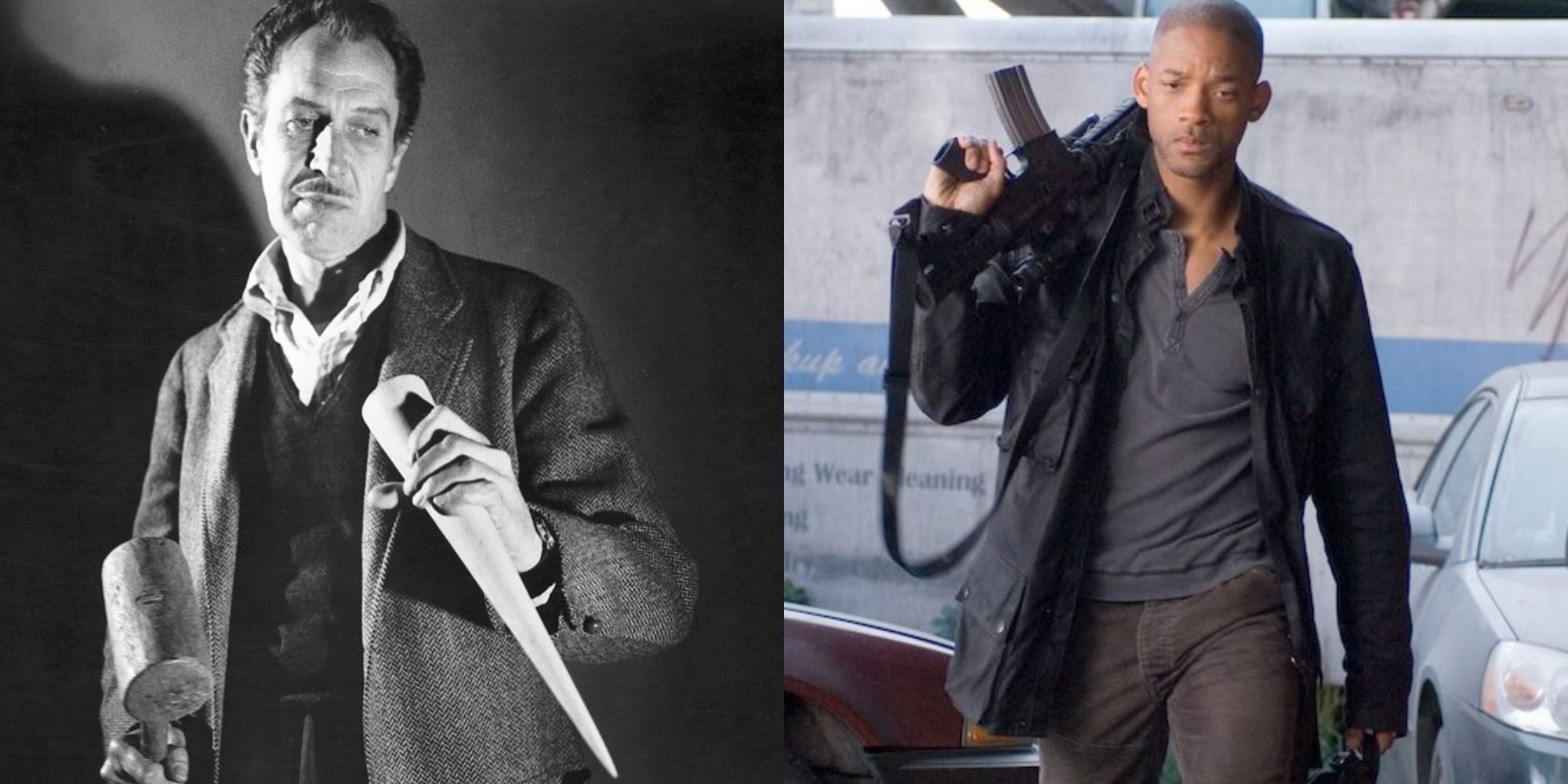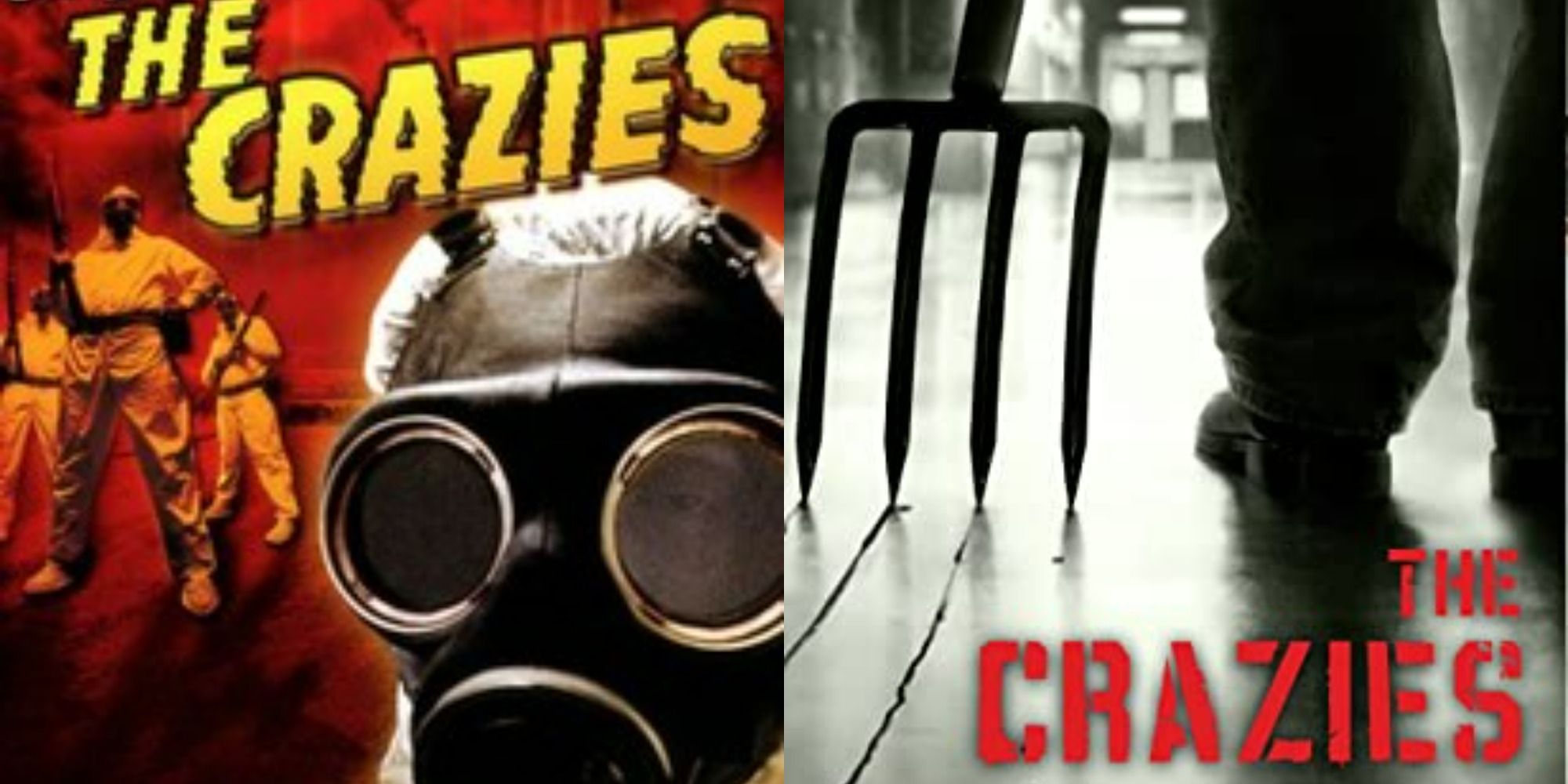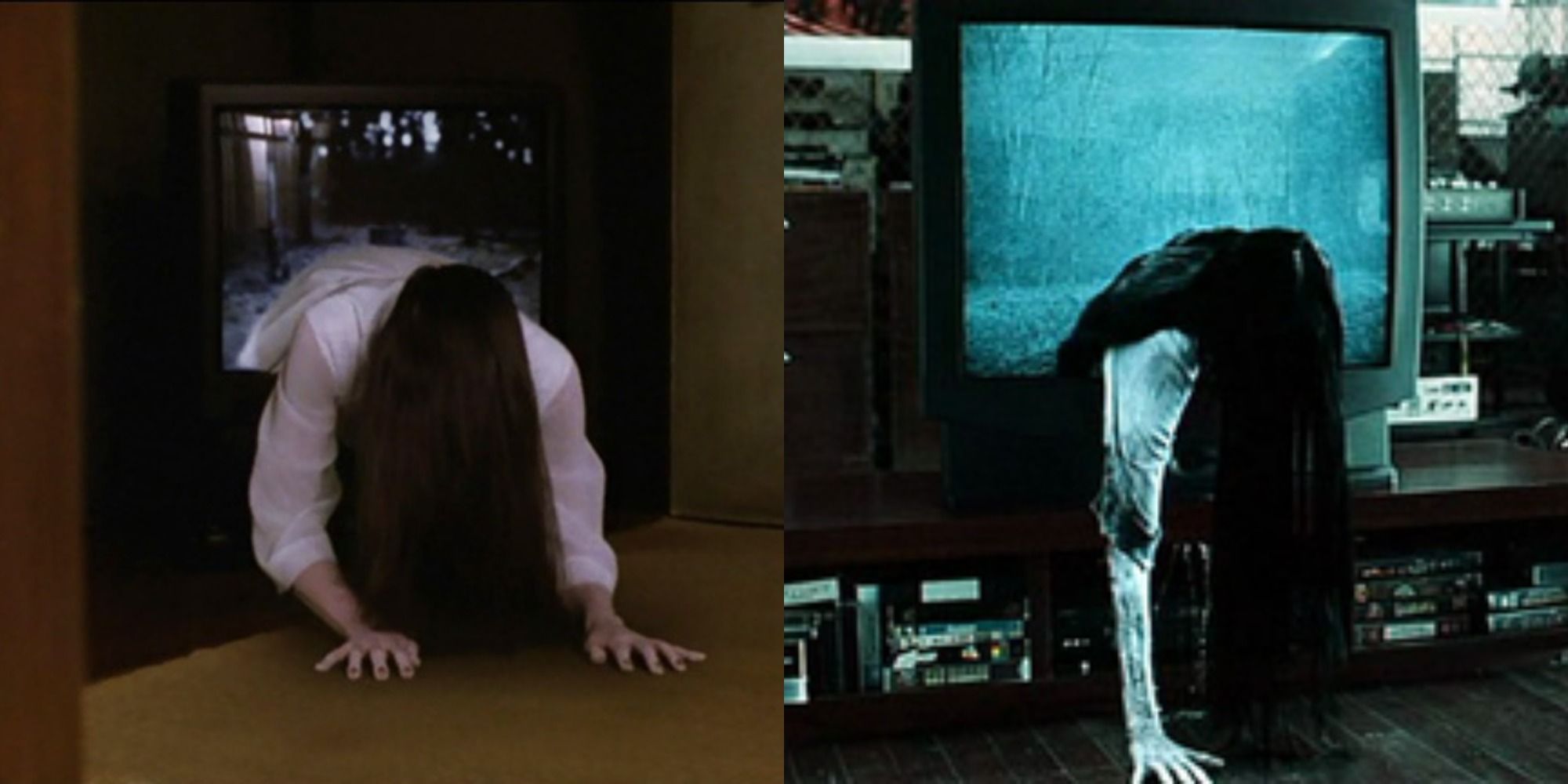It's hard to convince a horror fanatic that a remake is just as good as an original. A lot of writer and director names get thrown around in this genre as the best of the best or what's considered "classic." You can't argue with passion, but you can make a case for favorites.
It seems like everybody wants a makeover these days. There have been plenty of remakes, reboots, and complete franchise do-overs in the industry, especially in horror. Some of the greatest of those have come right out of the 21st century. As classics are continually revisited for updating, it seems only fair to make cases for the best horror remakes of the 2000s.
Dawn of the Dead (1978, 2004)
Remaking a film by George A. Romero, who is the father of zombie movies, sets the bar pretty high. However, Zack Snyder was dead on with his 2004 Dawn of the Dead adaptation. Romero's 1978 film, an encore (though not a direct sequel) to Night of the Living Dead, was full of suspense and had a great storyline.
The only real issue was that his vision was limited by the technology of his time. 2004's 'Dawn of the Dead' fixed any cinematic effects the original was lacking, swapping overly gray and gunky zombie faces for realistic human skin tones and dead, but ravenous, eyes. Of course, the story was updated here and there to keep up with the times (i.e. the unapologetically humorous scene where Bruce Bohne's character, Andy, shoots celebrity lookalike zombies from atop a roof).
It (1990, 2017)
Tim Curry was the OG Pennywise. Curry was flawless as the iconic killer clown, and yes, we still see him in our nightmares. But, in 2017, It was given a makeover and, it was pretty great. The 1990 version was a made-for-TV mini-series, so an R-rating was just never going to be an option.Director Andy Muschietti took the Losers Club out of the '60s and instead, began their story in the '90s. Muschietti stayed close to the original Stephen King novel, much like the movie's predecessor. He just beefed it up with visual effects, foul-mouthed child actors, and Bill Skarsgård, who filled Curry's big clown shoes better than anyone could have imagined. As far as remakes go, It is terrifyingly thrilling.
13 Ghosts (1960, 2001)
The original 13 Ghosts was an immersive experience thanks to the director, William Castle, who was known for using gimmicks as part of his films. Castle touted the use of "Ghost Viewers" which enabled audiences to either observe or dissolve the apparitions on screen, using "Illusion-O" technology (when the scene turned blue, looking through the red lens would make ghosts more visible).
While the trick was fun in its time, it would never have held up with 21st-century audiences. Steve Beck's 13 Ghosts ramped up visual effects with gruesomely detailed and violent spirits. The plot was also expanded to include more sinister motivations for ghost collecting and new characters were created for a more complicated (and better) backstory.
The Amityville Horror (1979, 2005)
Ryan Reynolds stars as George Lutz in Andrew Douglas' 2005 remake of The Amityville Horror. At the time, Reynolds was still known to most for his performance as Van Wilder. This part proved he was more than just a funny guy. Stuart Rosenberg's 1979 version of The Amityville Horror is a classic built on the premise of truth.
The film is suspenseful but leaves a lot up to the viewer's own mind. The updated rendering is superior in that it swaps imagination for actual "ghosts" and other terrors which haunt the Lutz home. There's something to be said for the director's choice to give Jodie a face.
House of Wax (1953, 2005)
Had it kept the original plot, Jaume Collet-Serra's House of Wax would have been perfect. The 2005 remake swapped its classic murder/mystery trappings for slasher thriller scares that was reminiscent of The Texas Chainsaw Massacre. But, let's be honest, no actor could have filled legend Vincent Price's shoes, so rewriting was inevitable.
As a stand-alone movie, it was considerably scary. House of Wax creeped out modern horror fans by introducing them to a whole new and terrible way to die: petrifying in hot wax and put on display before fully deceased.
I Am Legend (1964, 2007)
Long before Will Smith devastated audiences with that infamous German Shepard scene, Robert Neville only existed on paper. The novel, I Am Legend was published in 1954 by writer, Richard Matheson. The book became the inspiration for Sidney Salkow and Ubaldo B. Ragona's 1964 film, The Last Man on Earth, and widely influenced what would become modern-day zombie horror fiction.
In Francis Lawrence's 2007 film adaptation, the "cure for cancer" is actually turning people into sun-sensitive, ravenous beings; not quite dead, but definitely dehumanized. In the book and original on-screen stories, an airborne virus is the cause of humans becoming vampire-esque monsters. What made I Am Legend, 2007, more frightening than its predecessors was its more elaborate undead, who were also faster and smarter. This version also gave viewers what they want most in a post-apocalyptic world: hope for the future — whereas, neither the novel nor Vincent Price's Robert in 1964 offered any.
The Crazies (1973, 2010)
The 1973 film, The Crazies came from famed writer/director George A. Romero. Though it did not do well in box offices, it became a cult favorite amongst horror fans. In 2010, Romero served as executive producer on the remake of the same title, starring Timothy Olyphant and directed by Breck Eisner.
The story was basically the same, but the film itself was updated for the times. Olyphant's performance as small-town sheriff, David, was underrated, though not completely unnoticed. The aesthetic tone of the movie made it much more suspenseful than the original and the ending wrapped up the story much better than the open-ended plot the 1973 version left with viewers.
Ringu/The Ring (1998, 2002)
The Ring started as Hideo Nakata 1998 Japanese film, Ringu. It was adapted to an American horror flick in 2002 and quickly became a classic. This version of the film was driected by Gore Verbinski and stars Naomi Watts (who also stars as the lead in the remake of Goodnight Mommy). As far as the story goes, the two movies are almost identical. In fact, many scenes are nearly shot-for-shot.
What makes the 2002 version of The Ring somewhat superior is the overall aesthetic. Ringu was notably brighter on the screen whereas The Ring used cooler, more gritty tones; this made the film feel like horror. Also, let's just say 2002 used visual effects and makeup a bit better. Where Ringu failed in shock-factor, The Ring picked up with exaggerated, contorted faces of the videotape victims.
The Hills Have Eyes (1977, 2006)
The legendary mind of Wes Craven created The Hills Have Eyes in 1977. It tells the story of an unsuspecting family on vacation, who are captured by cannibals in middle-of-nowhere Nevada.
The film was given a 2000s makeover and a plot that included the consequences of government nuclear testing. The movie felt a little slasher-cliche at first, as family members are slowly separated and shown the horrors behind the curtain. But, the nuclear fallout subplot makes up for this. Alexandre Aja's 2006 version is notably more violent and gory than its predecessor - not at all for the squeamish.
Halloween (1978, 2007)
John Carpenter gifted audiences with the classic horror tale of Michael Meyer, the six-year-old killer turned psychiatric patient, turned notorious slasher. The effect Halloween had on the movie industry is undeniable. It paved the way for countless other serial killer films, as well as numerous follow-ups to the original.
Perhaps the most underappreciated of those is Rob Zombie's 2007 remake. Unlike past installments of the Halloween franchise, this movie focused a great deal of attention on Michael's origin story. Enlisting Daeg Faerch as a young Michael Myers, Zombie showed the equally sad and horrifying upbringing that led the young boy to his life of inflicting carnage. Halloween 2007, succeeds where other films did not even try going: making the audience feel something for the killer.


